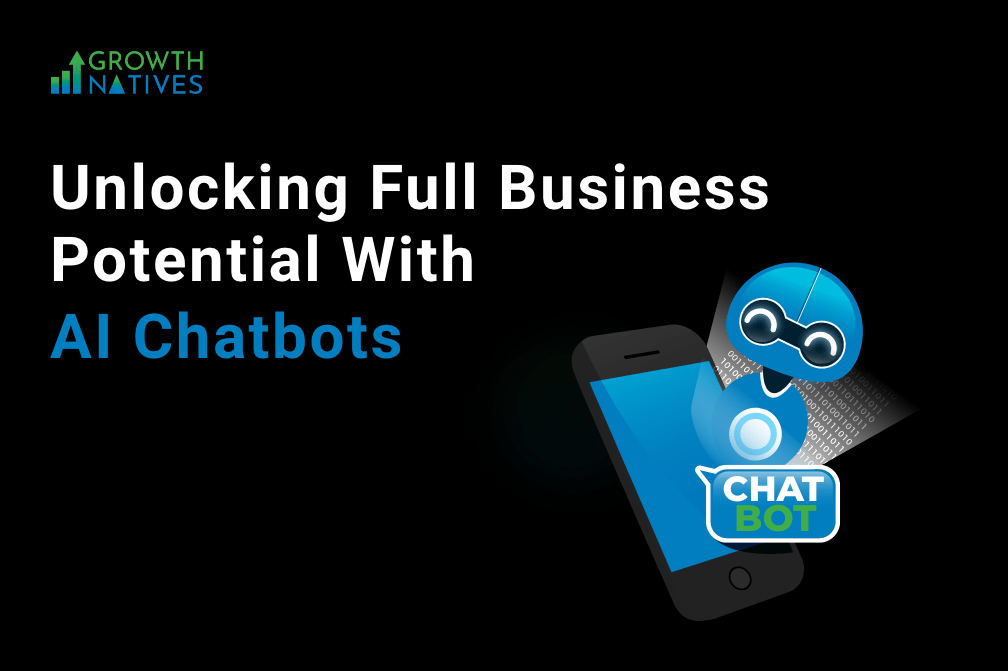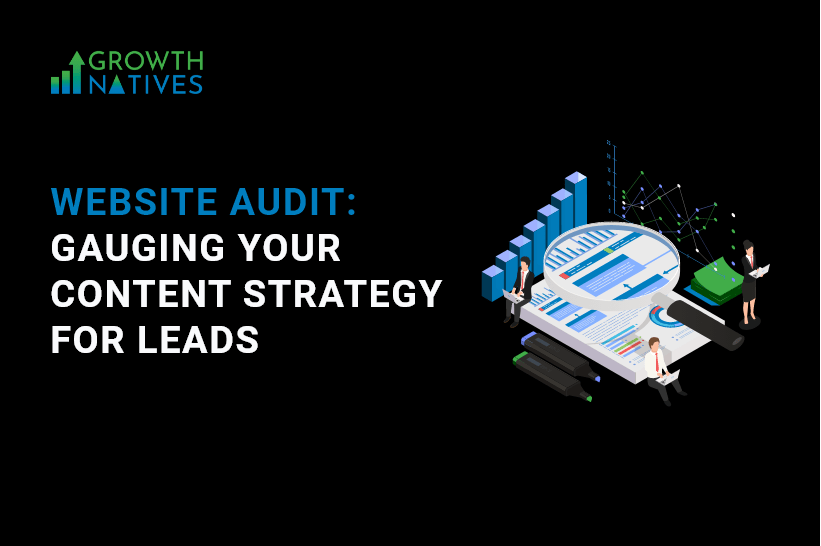
Building a Successful Sales Pipeline: Everything From Lead Generation to Closed Deals
By Sakshi Arora
Dec 28, 20229 min read
Always be closing. The golden mantra of every salesperson.
But even the most seasoned sales professionals know that closing a deal is not easy. It’s a result of a lot of hard work and effort from different departments and building relationships with leads and nurturing them into sales opportunities.
So, if you want to consistently close deals, it's important to have a solid sales pipeline with potential customers. In this blog post, we'll share some unique strategies to build an effective sales pipeline and start winning more business today.
What Is A Sales Pipeline and Its Significance?
Before we dive into our tips, let's quickly define what we mean by a 'sales pipeline' and why it's so crucial for a company's success. A sales pipeline is essentially a visual representation of where potential customers are in the process of making a purchase.
The sales pipeline is a structured approach to selling that helps companies systematically move prospects closer to making a purchase. Each prospect is assigned to a specific stage in the pipeline, with specific actions associated with it to move them towards a sale.
The stages of a sales pipeline can vary from company to company, but they generally follow a similar timeline:
Prospecting>>Qualifying>>Meeting>>Offer>>Closing
- Prospecting involves reaching out to potential leads to find new business opportunities.
- Qualifying involves evaluating whether a prospect has the authority, need, and budget to make a purchase from your company.
- During a meeting, you will discuss your solution with the prospect and assess its suitability for the lead’s business.
- An offer involves presenting a proposal to the prospect outlining the terms of your offer.
- Closing involves completing negotiations, finalizing the deal, and signing all necessary contracts.
Effectively managing the sales pipeline is linked to business growth, as companies that excel at it tend to see 28% higher revenue growth compared to those with inefficient pipeline management.
Marketing’s Contribution to the Sales Pipeline
Marketing plays a crucial role in the sales pipeline by attracting potential customers and generating leads. The goal of marketing is to create awareness of a company's products or services and to persuade potential customers to consider purchasing them.
This is accomplished through various marketing activities such as advertising, content marketing, social media marketing, and search engine optimization, among others.
Once a potential customer has been attracted and expressed interest in a company's products or services, they are considered a marketing qualified lead (MQL). At this stage, the lead is passed from the marketing team to the sales team, who is responsible for converting the lead into a paying customer. Such leads, when qualified as a good fit by the sales team, are called Sales Qualified Leads (SQL).
How to Calculate MQL to SQL Conversion
To calculate the MQL to SQL conversion rate, you will need to determine the number of MQLs that were passed to the sales team and the number of those that were eventually qualified as SQLs. You can then divide the number of SQLs by the number of MQLs and multiply by 100 to express the result as a percentage.
For example, if your marketing team passed 100 MQLs to the sales team, and 20 of those were eventually qualified as SQLs, your MQL to SQL conversion rate would be 20%.
# of Sales Qualified Leads / # of Marketing Qualified Leads = MQL to SQL Conversion Rate %
This conversion rate is a useful metric for understanding the effectiveness of your marketing team in generating high quality leads that are likely to convert into customers. By tracking this metric over time, you can identify trends and make adjustments to your lead generation and qualification processes to improve performance.
Build Your Lead Qualification Checklist
A lead qualification checklist helps identify the most promising leads and focus your efforts on outreach to generate new leads. By segmenting your audience into the appropriate stages of the sales funnel, you can more effectively communicate with them and move them towards making a purchase.
Using this checklist, you can evaluate each lead and determine the best course of action for further communication. This can help you prioritize your efforts and focus on the leads that are most likely to turn into paying customers.
Lead Qualification Checklist
Consider your lead’s profile
When evaluating a lead, it's important to consider their profile and determine if their characteristics align with your target audience. This will help you understand if they are a good fit for your product or service and if they are likely to be interested in making a purchase.
By understanding your main buyer personas, you can better segment your leads and tailor your communication to each specific customer segment. This will allow you to more effectively target your marketing efforts and increase the chances of making a sale.
Understand your leads’ needs against the solutions you provide
It's important to understand what matters most to a prospect and whether your offerings can meet their needs and priorities. This will help you determine if they are a good fit for your product or service, and if it is something they will be interested in using.
By investigating their business priorities and identifying how your offerings can benefit their organization, you can better gauge their interest level and increase the chances of making a sale. Ultimately, you want to make sure you have something that they both need and want to use to maximize the value of the sale.
Enquire about their decision-making process
To better understand how to generate buy-in for your product or service, it can be helpful to ask about the prospect's decision-making process. This includes identifying who else is involved in the purchasing decision and how you can influence the relevant stakeholders.
By understanding the dynamics of the decision-making process, you can tailor your approach and choose the most effective methods for getting buy-in from all necessary parties. This will help you move the prospect closer to making a purchase and increase the chances of closing the deal.
Benchmark yourself with competitors from your buyer’s eyes
It is important to understand your market position and competition in order to effectively target your audience.
One way to gather this information is by asking your lead what they know about your company and your competitors, and determining what they like about your services and what they prefer from the competition.
By understanding these preferences, you can develop messaging that helps your products and services stand out and differentiate you from the competition. This will help you effectively communicate the value of your offerings and increase the chances of making a sale.
In conclusion, an effective lead qualification process makes you more efficient and successful in closing deals. By automating much of the marketing outreach, you can free up more time and resources for your team to focus on converting qualified leads into customers.
This process helps to streamline the sales process, allowing your team to focus on the most promising leads and increase their chances of making a sale.
6 Tips on Building a High-Quality Pipeline
To successfully guide leads through the sales funnel, it's important to have a strategy in place. Once you have the skills to qualify leads, you can use a set pattern to help potential customers progress from one stage to the next. Here are five tips for moving leads through the funnel efficiently:
1. Restart Your IQL Strategy
It's important to carefully consider your IQL (Initial Qualifying Leads) strategy, as this is the stage where your audience first becomes aware of your brand. Many customers need to hear your name multiple times before they visit your website or make a purchase, so it's crucial to find your target audience where they spend their time, whether that's on social media, through a vertical partner, or through traditional advertising.
While some leads may actively seek you out, most of your IQLs will likely discover you through your company's larger brand awareness efforts.
2. Create Lead Magnets
Lead magnets are free offers that are provided in exchange for contact information. These offers can be particularly effective when targeting audiences who are in the research stage of their purchasing journey, as they help to develop positive brand affinity and make audiences more receptive to further marketing messages.
Examples of lead magnets might include free webinars and training, free ebooks or tutorials, or checklists and other helpful planning strategies that prospects can use to solve problems with their businesses.
3. Prequalify Leads
It's often the case that few cold contacts end up converting into MQLs. This may be because they aren't part of your target audience. To avoid overinvesting resources in leads who may never convert into paying customers, it's important to prequalify your prospects to determine if they meet your criteria as an MQL or SQL.
Once you have qualified leads, you can provide them with collateral that can help move them closer to making a purchase.
4. Nurture Leads with Targeted Content
Once you have generated leads, it's important to nurture them by providing them with valuable content that addresses their needs and interests. This could include blog posts, email newsletters, webinars, or other types of content that help educate and engage potential customers.
5. Examine Drop-offs
Visitors often abandon the sales funnel at various stages of the process. By identifying where these "leaks" are and what the main causes are, you can progressively decrease the number of visitors you lose and tailor your remarketing efforts to keep them in the sales funnel. This can help you make more informed decisions about how to keep leads engaged and moving through the funnel.
6. Use Automation to Streamline the Process
There are many tools and technologies available that can help automate the process of moving leads through your sales funnel. For example, you can use marketing automation software to send targeted emails to leads based on their behavior or use a customer relationship management (CRM) system to track and manage your sales pipeline.
Automation can help save time and ensure that leads are receiving the right information at the right time.
Parting Thoughts
By qualifying leads at each stage of the customer journey, you can focus your resources on the prospects who are most likely to make a positive purchasing decision. This way, you can provide them with marketing and messaging that speaks to their current appetite for your solutions, making it easier for them to smoothly transition from an MQL to an SQL and finally, a won opportunity.
To know where to get started, contact us today. Our experts will ensure that your marketing efforts aren't going to waste and you're setting yourself up for success!



